Table of Contents
Does Texas Have an Official State Pepper? The Truth Revealed
Texas does not have an official state pepper. Despite widespread misinformation online, there is no designated "Texas State Pepper." What many websites incorrectly refer to as the "Texas State Pepper" is actually a misunderstanding of Texas legislation. In 1997, the Texas Legislature designated the chiltepin (Capsicum annuum var. glabriusculum) as the official native pepper plant of Texas, not as the official state pepper. This important distinction clarifies a common misconception that has spread across the internet.
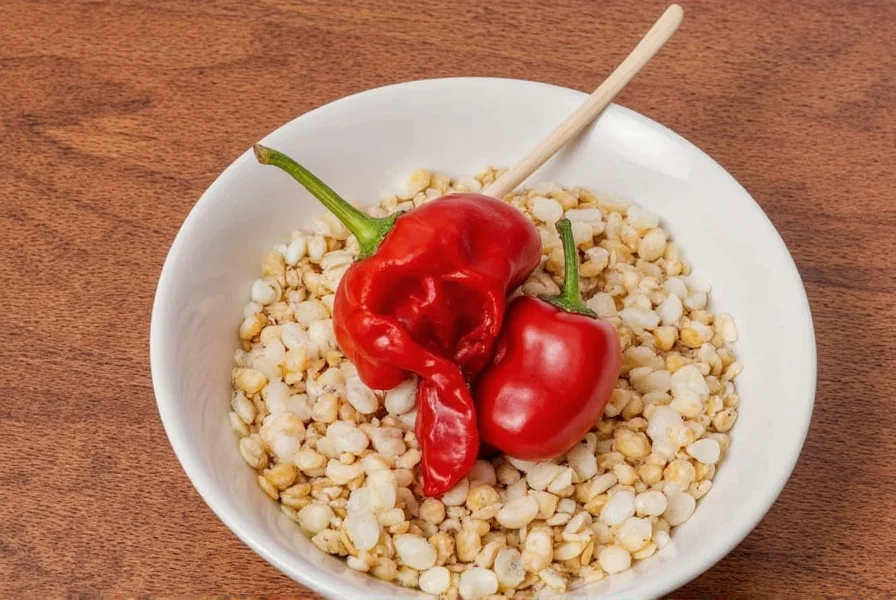
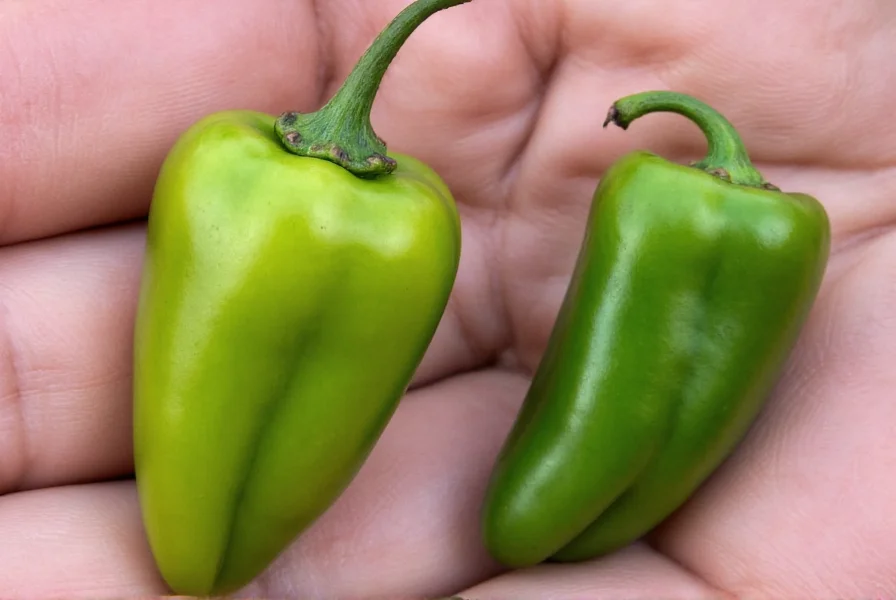
This factual clarification addresses the most common search intent behind queries about "Texas State Pepper." Many people searching for this term are looking for confirmation about whether Texas has an official state pepper designation, and the direct answer is no—with the important caveat about the chiltepin's status as the official native pepper plant.
What Is Texas's Official Native Pepper Plant?
The chiltepin holds a special place in Texas history and ecology. Designated as the official native pepper plant of Texas in 1997 through House Concurrent Resolution No. 131, this small, round pepper grows wild primarily in South Texas. Unlike what many websites incorrectly claim, this is not an "official state pepper" designation but specifically recognizes the chiltepin's ecological significance to Texas.
| Characteristic | Details |
|---|---|
| Official Designation | Native pepper plant (1997), not official state pepper |
| Heat Level | 50,000-100,000 Scoville Heat Units (very hot) |
| Natural Habitat | Primarily South Texas, particularly along the Rio Grande |
| Botanical Name | Capsicum annuum var. glabriusculum |
The chiltepin's designation recognizes its historical importance to indigenous cultures and its role in Texas's natural ecosystem. These tiny peppers have been used for centuries by Native American tribes in Texas and continue to grow wild in appropriate habitats throughout the southern part of the state.
Peppers Actually Grown and Used in Texas Cuisine
While Texas lacks an official state pepper, several peppers have become synonymous with Texas cuisine through cultural tradition rather than official designation:
- Jalapeños: Grown extensively in South Texas (particularly around Pleasanton), jalapeños are the most commonly associated pepper with Texas cooking. These peppers range from 2,500-8,000 Scoville Heat Units.
- Serranos: Frequently used in Texas-Mexican cuisine, ranging from 10,000-23,000 SHU.
- Poblanos: Often used in Texas renditions of chiles rellenos and other traditional dishes.
- Chiltepins: While not commonly cultivated commercially, these wild peppers are foraged and used in specialty Texas products.
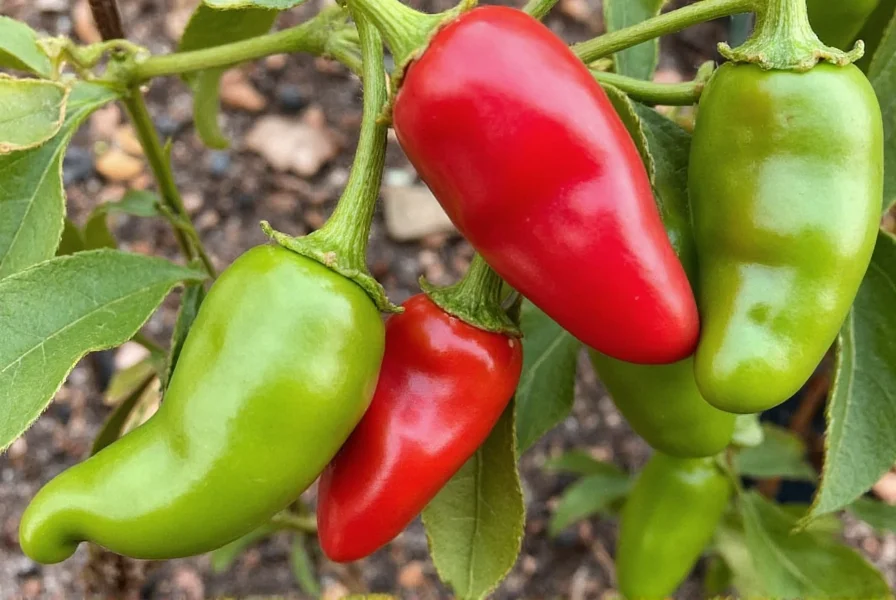
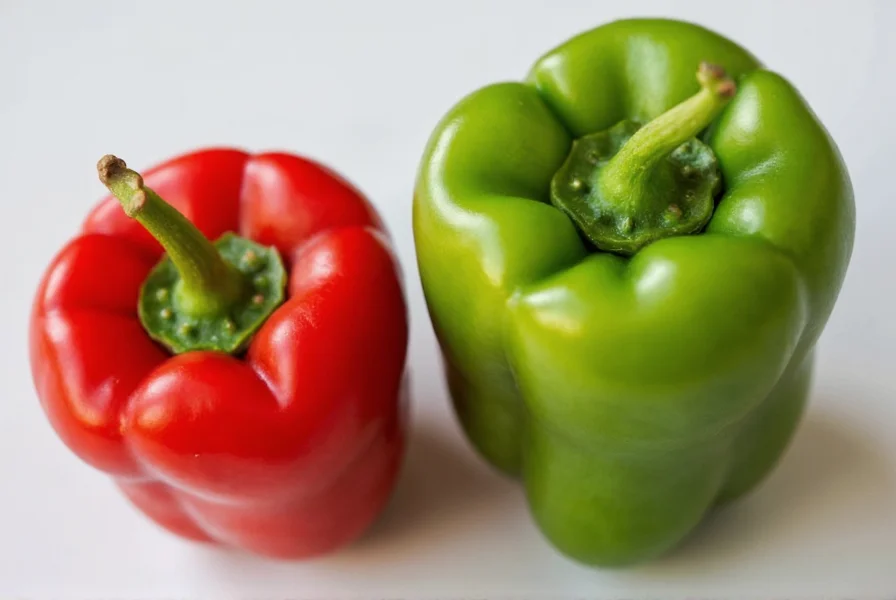
It's worth noting that "Texas Pete" hot sauce, despite its name, originated in North Carolina, not Texas—a common point of confusion for many consumers searching for authentic Texas pepper products.
Where to Find Authentic Texas-Grown Peppers
If you're looking for peppers actually grown in Texas, here's how to identify authentic products:
Verifying Texas Origin
- Look for "Go Texan" certification: The Texas Department of Agriculture's "Go Texan" program certifies authentic Texas products.
- Check harvest dates: Texas jalapeños are typically harvested from June through September.
- Ask at farmers markets: In Texas, many farmers will proudly identify their produce as locally grown.
- Examine packaging labels: Legitimate Texas-grown products will specify the growing region within Texas.
Recommended Texas Pepper Products
When purchasing Texas pepper products, look for these indicators of authenticity:
1. Texas-Grown Fresh Peppers
Authenticity Markers: "Grown in Texas" label, harvest date within current season, sold at Texas farmers markets or stores specializing in local produce.
2. Certified Texas Pepper Products
Authenticity Markers: "Go Texan" logo, specific Texas region mentioned (like "Pleasanton-grown"), producer contact information that matches a Texas location.
3. Chiltepin Products
Authenticity Markers: Should specify if wild-harvested from South Texas, often sold by specialty stores rather than major chains.
Be cautious of products labeled as "Texas Style" or "Texas Brand" that may have no connection to Texas. The Federal Trade Commission has warned about misleading geographic labeling in food products.
How to Use Texas Peppers in Cooking
Once you've verified you have authentic Texas-grown peppers, here are proper ways to use them:
- For fresh jalapeños: Remove seeds and membranes for milder flavor; leave them intact for more heat. Perfect for salsas, nachos, and stuffed poppers.
- For chiltepins: Use sparingly due to extreme heat. Excellent for finishing dishes or creating specialty hot sauces.
- Roasting technique: Place peppers directly over gas flame or under broiler until skin blisters, then place in sealed bag for 10 minutes before peeling.
- Preservation methods: Texas peppers freeze well, or can be dried and stored in olive oil for extended shelf life.
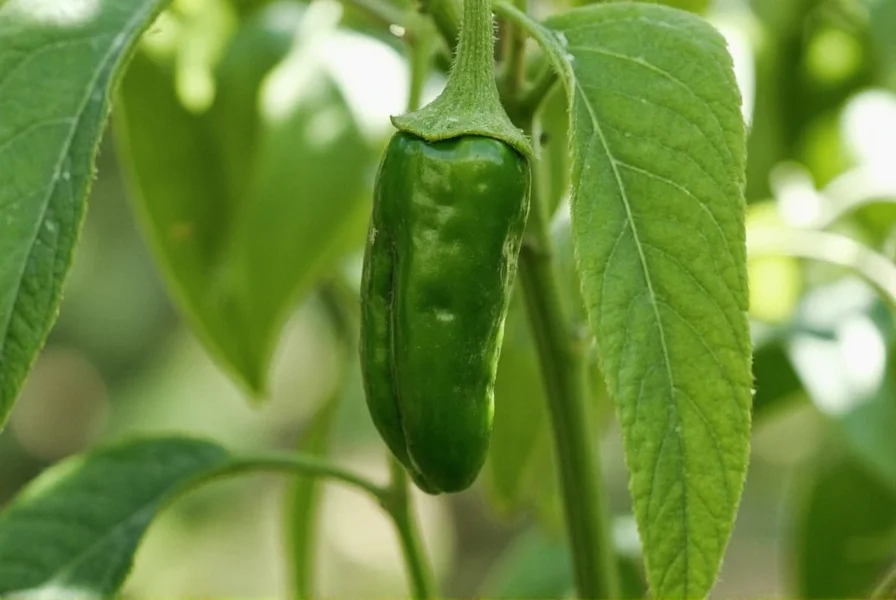
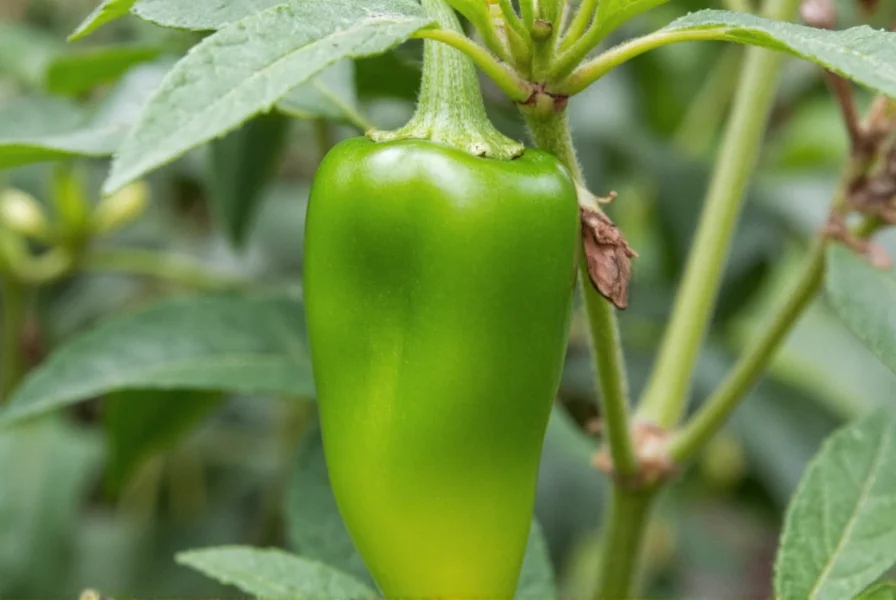
Remember that heat levels can vary significantly based on growing conditions, even among Texas-grown peppers. Always taste a small piece before adding to your recipe.
Frequently Asked Questions About Texas Peppers
Does Texas have an official state pepper?
No, Texas does not have an official state pepper. In 1997, the Texas Legislature designated the chiltepin (Capsicum annuum var. glabriusculum) as the official native pepper plant of Texas, which is a specific ecological designation, not an official state symbol like a state flower or bird.
Why do so many websites claim Texas has a state pepper?
This misconception likely originated from misinterpretation of the chiltepin's 1997 designation as "official native pepper plant." Over time, this was incorrectly simplified to "state pepper" across many websites, creating an internet myth that has been repeated without verification.
What peppers are actually grown in Texas?
Texas is a major producer of jalapeños (particularly in the Pleasanton area near San Antonio), serranos, and bell peppers. The chiltepin grows wild in South Texas but is not commercially cultivated on a large scale due to its small size and extreme heat.
How can I verify if peppers are actually grown in Texas?
Look for the "Go Texan" certification logo from the Texas Department of Agriculture, check for specific regional references (like "Pleasanton-grown"), and purchase from reputable Texas farmers markets during peak season (June-September). Major grocery chains in Texas often label the origin of their produce.
Is Texas Pete hot sauce made in Texas?
No, despite its name, Texas Pete hot sauce was created and is manufactured in North Carolina. This is a common point of confusion, as the name suggests a Texas connection that doesn't exist. Many authentic Texas hot sauces will specifically mention Texas regions or use the "Go Texan" certification.

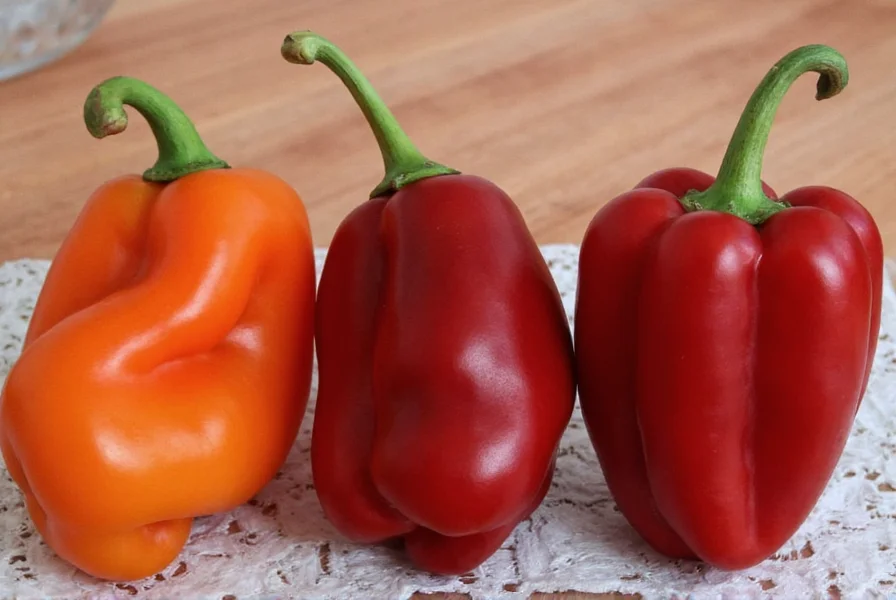









 浙公网安备
33010002000092号
浙公网安备
33010002000092号 浙B2-20120091-4
浙B2-20120091-4